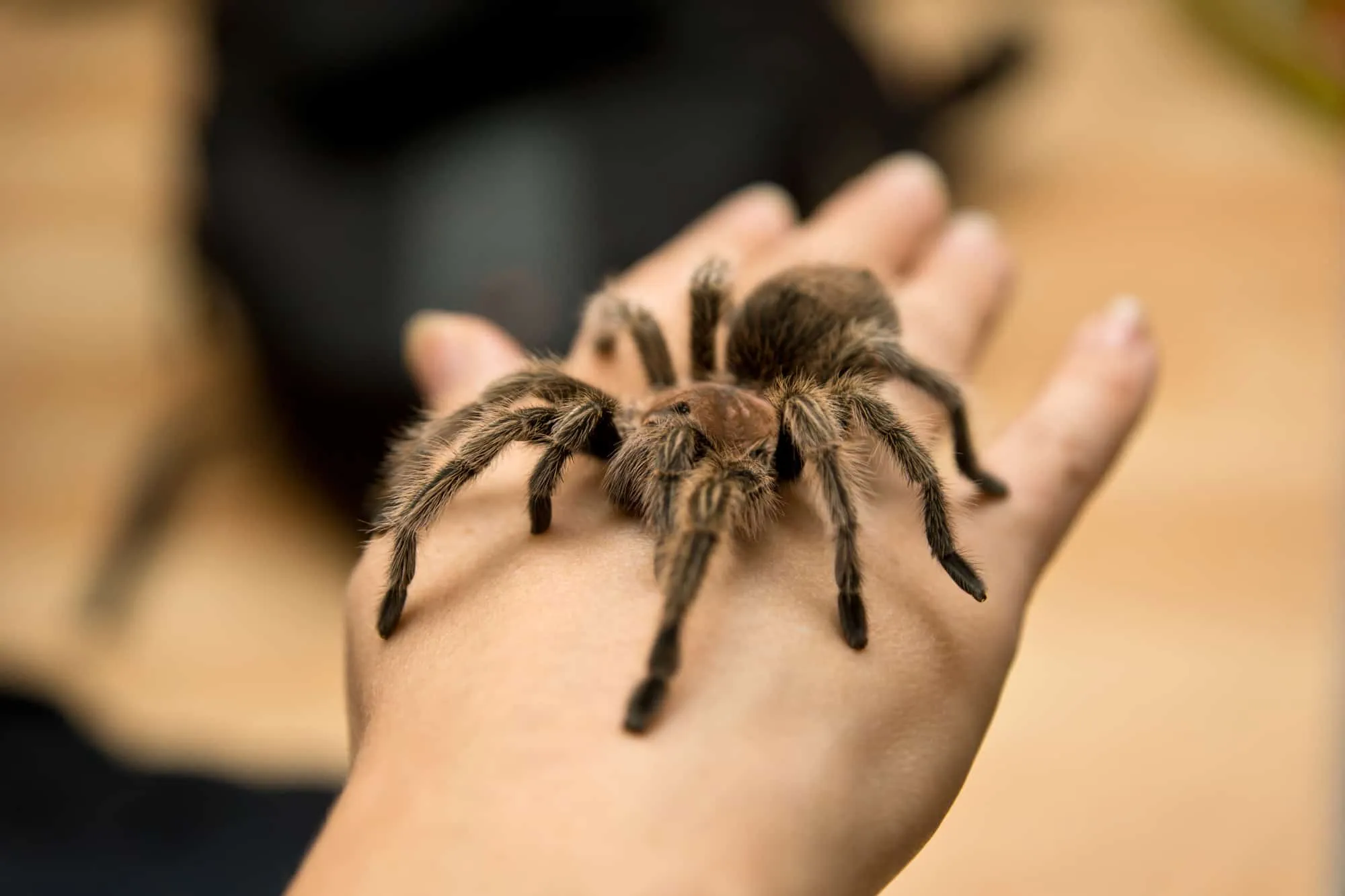Understanding Tarantula Bites in Arizona
Arizona is home to several species of tarantulas, and while their bites are not typically life-threatening to humans, they can still be painful and cause local reactions. It is essential to understand what to do if you or someone you know is bitten by a tarantula in Arizona. This article provides comprehensive information on identifying, treating, and preventing tarantula bites, ensuring you are well-prepared to handle such an event. The primary goal is to equip you with the knowledge to respond effectively, minimizing discomfort and potential complications. This is especially crucial for residents and visitors who frequently engage in outdoor activities, where encounters with these spiders are more likely.
Common Symptoms of a Tarantula Bite
Recognizing the symptoms of a tarantula bite is the first step toward effective treatment. The bite itself may feel like a pinprick initially, but symptoms typically develop quickly. Common signs include localized pain, redness, and swelling around the bite area. Some individuals may experience itching, muscle cramps, and in rare cases, more severe reactions. The severity of symptoms can vary depending on the individual’s sensitivity and the amount of venom injected. It is important to monitor the affected area for any changes and be aware of potential complications. Quick recognition of these symptoms can significantly impact the effectiveness of first aid and medical interventions.
Immediate First Aid Steps
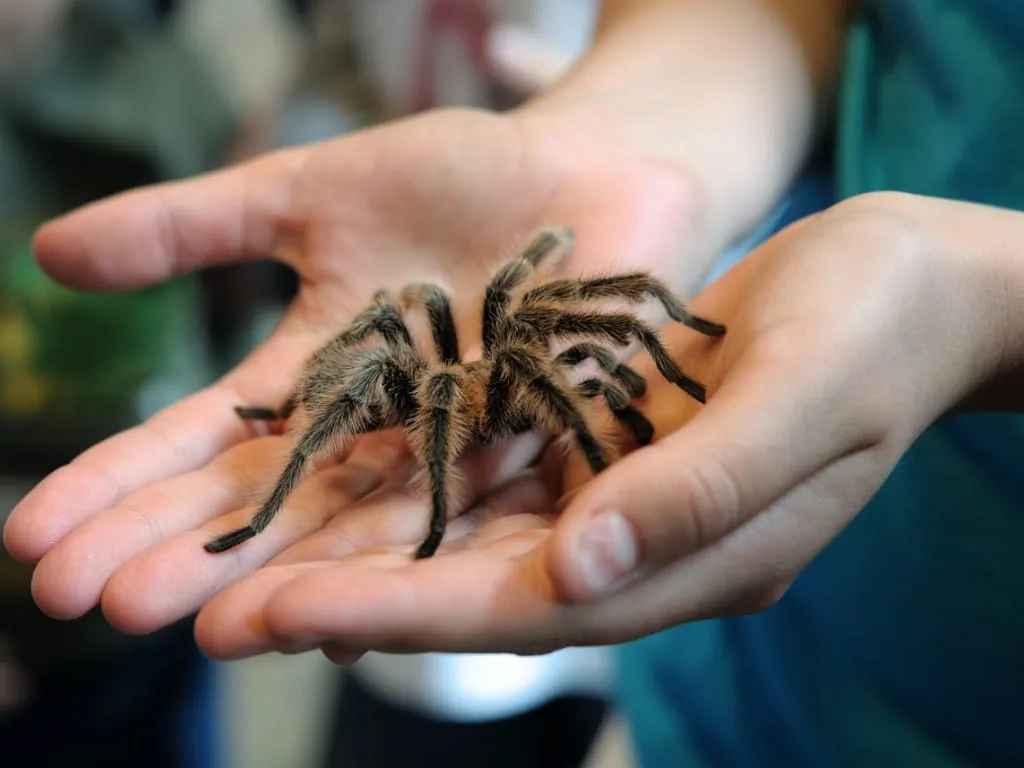
When dealing with a tarantula bite, prompt action is crucial. The immediate first aid steps can significantly reduce the severity of symptoms and promote quicker recovery. First, remain calm and move away from the area to prevent further bites. Gently wash the bite area with soap and water to remove any remaining venom and reduce the risk of infection. Apply a cold compress or ice pack to the bite site to reduce pain and swelling. Avoid scratching the area to prevent further irritation and potential infection. Keep the bitten limb elevated if possible, and closely monitor the person for any signs of a more severe reaction. These initial steps are crucial in managing the immediate effects of the bite.
Cleaning the Wound
Proper wound cleaning is critical to prevent infection. Use mild soap and clean water to gently wash the bite area. Avoid harsh chemicals or excessive scrubbing, as this can irritate the skin and worsen the condition. Ensure all dirt and debris are removed from the wound. After cleaning, pat the area dry with a clean towel. Keeping the wound clean helps reduce the risk of secondary infections, which can complicate the healing process and lead to further discomfort. Regular cleaning is a simple yet effective way to manage the bite site and support the body’s natural healing mechanisms.
Pain Management Techniques
Managing the pain from a tarantula bite is essential for comfort. Over-the-counter pain relievers such as ibuprofen or acetaminophen can help alleviate pain and reduce inflammation. Applying a cold compress or ice pack to the bite area for 10-15 minutes at a time can provide relief. Elevating the affected limb can also help reduce swelling and discomfort. Avoid using heat, as it may increase swelling. These simple measures can significantly improve comfort and help manage the initial symptoms of the bite. In cases of severe pain, consult a healthcare professional for further guidance.
When to Seek Medical Attention
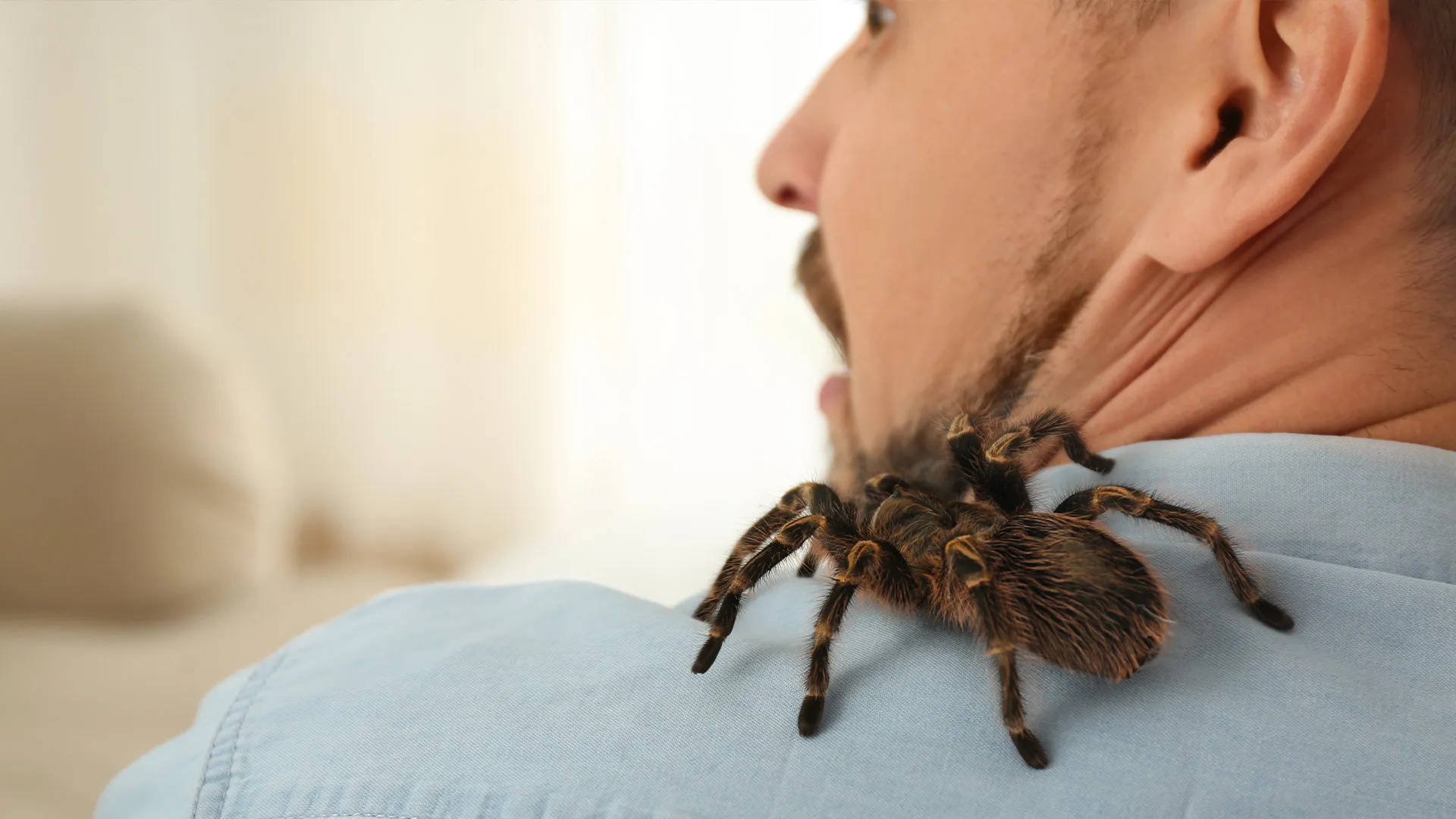
While most tarantula bites do not require medical intervention, there are specific situations when seeking professional help is necessary. If the symptoms worsen, such as increased pain, swelling, or redness, seek medical attention. Signs of an allergic reaction, such as difficulty breathing, dizziness, or swelling of the face or throat, require immediate emergency care. Any systemic symptoms, like nausea, vomiting, or fever, should also prompt a visit to the doctor. Prompt medical attention is crucial in cases of severe reactions or when symptoms do not improve with initial first aid. Don’t hesitate to seek medical advice if you have concerns about the bite’s severity.
Identifying a Tarantula Bite
Identifying a tarantula bite correctly is crucial for effective treatment. Recognizing the bite mark and differentiating it from other bites or stings can guide your response. Understanding the appearance of the bite mark helps in providing appropriate first aid and knowing when to seek medical attention. This section covers the visual characteristics of a tarantula bite and how it differs from other similar injuries. Careful observation and accurate identification will help you make informed decisions and manage the situation effectively.
Appearance of the Bite Mark
A tarantula bite typically appears as two small puncture marks, reflecting the spider’s fangs. The area around the bite may be red, swollen, and itchy. The size of the bite mark can vary depending on the size of the spider and the amount of venom injected. Some people may also notice small blisters or bumps around the bite site. It’s important to monitor the area for any changes in appearance, such as increasing redness, swelling, or signs of infection. Documenting the initial appearance of the bite can be helpful in assessing the progression of symptoms and communicating information to healthcare providers.
Differentiating from Other Bites or Stings
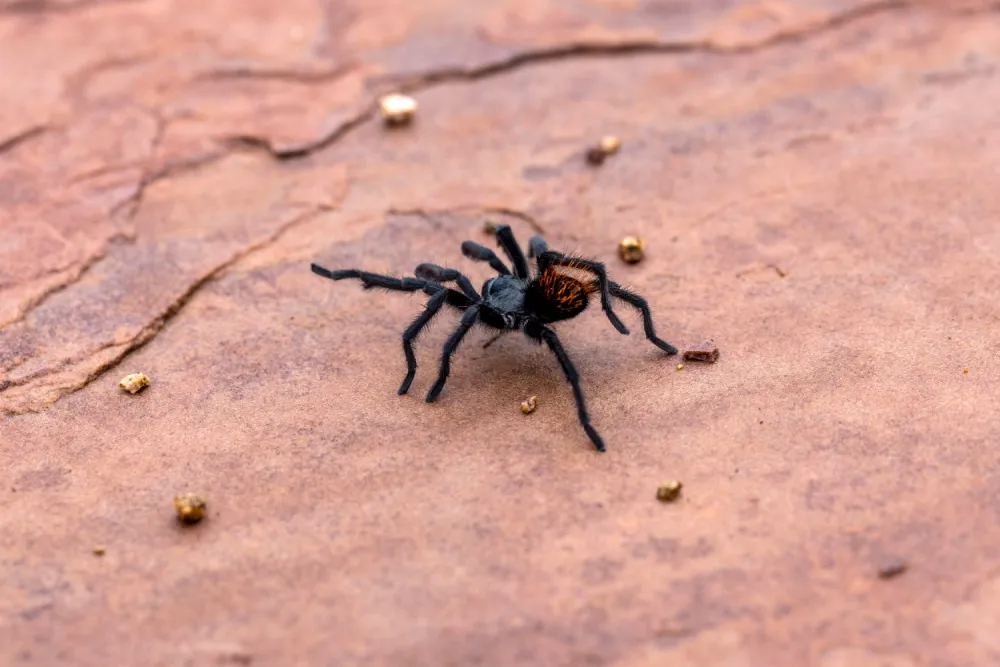
Distinguishing a tarantula bite from other bites or stings can be crucial. Unlike mosquito bites or bee stings, tarantula bites often have two distinct puncture marks. Spider bites, in general, may cause more localized pain and swelling compared to a typical insect bite. If you are unsure of the source of the bite, observe the symptoms closely. The presence of severe pain, muscle cramps, or unusual systemic symptoms may indicate a tarantula bite. When in doubt, seeking medical advice is always recommended to ensure appropriate treatment and rule out more serious conditions. This careful observation ensures the correct approach to managing the injury.
Treatment and Recovery
The treatment and recovery process for a tarantula bite involves both medical interventions and home care. Medical treatments may include pain relief medications, antihistamines, and in rare cases, more advanced care. Effective home care focuses on managing symptoms and supporting the body’s natural healing processes. This section will provide insights into the medical treatments available and the steps you can take at home to facilitate a smooth recovery. Combining professional medical advice with appropriate home care ensures the best possible outcome and minimizes any long-term complications.
Medical Treatments
Medical treatments for tarantula bites vary depending on the severity of the symptoms. Doctors may prescribe pain relievers to manage discomfort and anti-inflammatory medications to reduce swelling. Antihistamines can help with itching and allergic reactions. In rare cases, when a severe reaction occurs, epinephrine may be administered. The healthcare provider will assess the bite and offer the appropriate treatment based on the individual’s needs. Always follow medical advice and complete the prescribed course of treatment to ensure a full recovery. Timely medical intervention can prevent complications and reduce the duration of discomfort.
Home Care and Recovery Tips
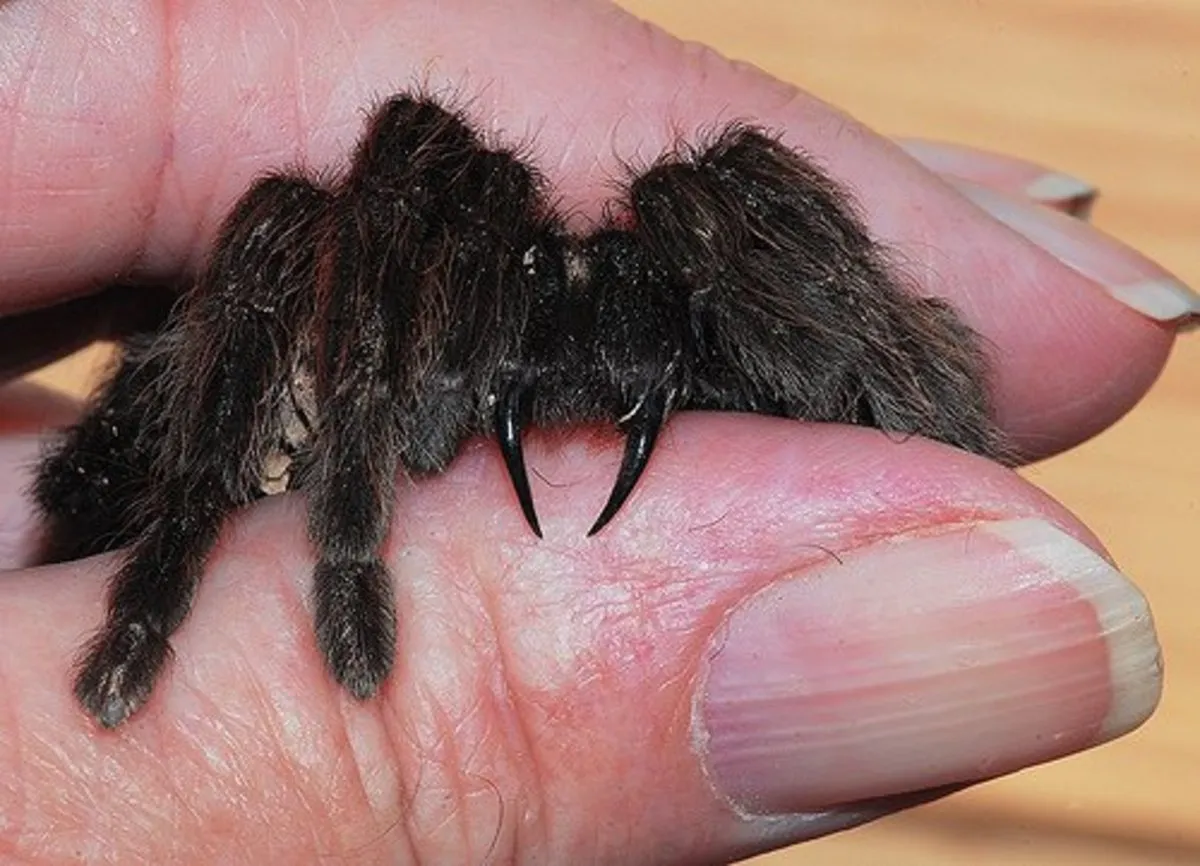
Home care plays a vital role in the recovery process. Keep the bite area clean and dry to prevent infection. Apply a cold compress to reduce pain and swelling. Elevate the affected limb to minimize swelling. Avoid scratching the bite, which can worsen irritation and increase the risk of infection. Over-the-counter pain relievers and antihistamines can help manage symptoms. Monitor the bite site for any signs of infection, such as increased redness, warmth, or pus. Following these home care tips can help speed up recovery and minimize discomfort, allowing you to return to your normal activities as soon as possible.
Preventing Tarantula Bites in Arizona
Preventing tarantula bites involves taking precautionary measures both outdoors and around your home. Understanding tarantula behavior and habitats can help you minimize the risk of encountering these spiders. This section provides practical advice on how to stay safe while enjoying outdoor activities and creating a safer living environment. Proactive measures significantly reduce the likelihood of a tarantula bite and ensure a safer environment. By following these guidelines, you can reduce your risk of a bite and enhance your safety.
Safety Measures to Take Outdoors
When spending time outdoors in Arizona, several safety measures can help prevent tarantula bites. Wear long sleeves, long pants, and closed-toe shoes, especially when hiking or camping. Avoid disturbing potential tarantula habitats, such as rock piles, woodpiles, and dense vegetation. Use a flashlight when walking at night to avoid accidental encounters with spiders. Be aware of your surroundings and avoid reaching into dark crevices or under rocks without checking first. Teaching children about tarantulas and how to avoid them is also essential. Taking these precautions can significantly reduce your risk of a bite while enjoying the outdoors.
Precautions Around Your Home

To minimize the risk of tarantula bites around your home, take several preventative measures. Seal any cracks and openings in your foundation and walls to prevent spiders from entering your home. Regularly clean your home and remove potential hiding places for spiders, such as clutter and debris. Consider using natural pest control methods, such as essential oils or diatomaceous earth, to deter spiders. If you find a tarantula in your home, avoid direct contact and gently guide it back outside using a container and a piece of cardboard. Regular maintenance and attention to these details can create a safer living environment and reduce the likelihood of tarantula encounters.
In conclusion, while tarantula bites in Arizona are generally not life-threatening, it is important to understand how to identify, treat, and prevent them. By following the guidelines and safety measures outlined in this article, you can significantly reduce the risk of a bite and be prepared to respond effectively if one occurs. Remember, seeking medical attention when necessary and practicing preventative measures are key to ensuring your safety and well-being. Enjoy your time in Arizona, being mindful of these fascinating creatures and how to coexist safely.
